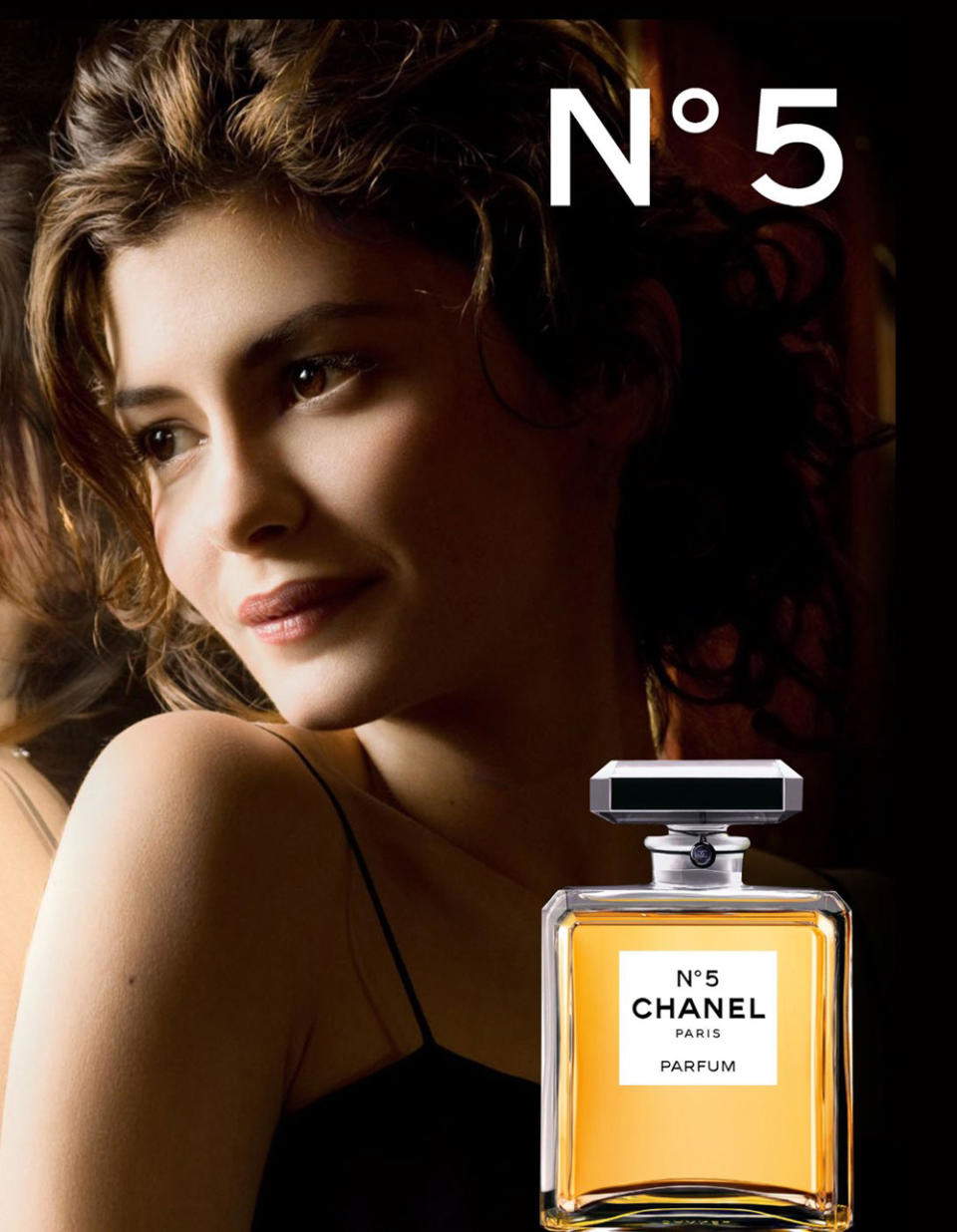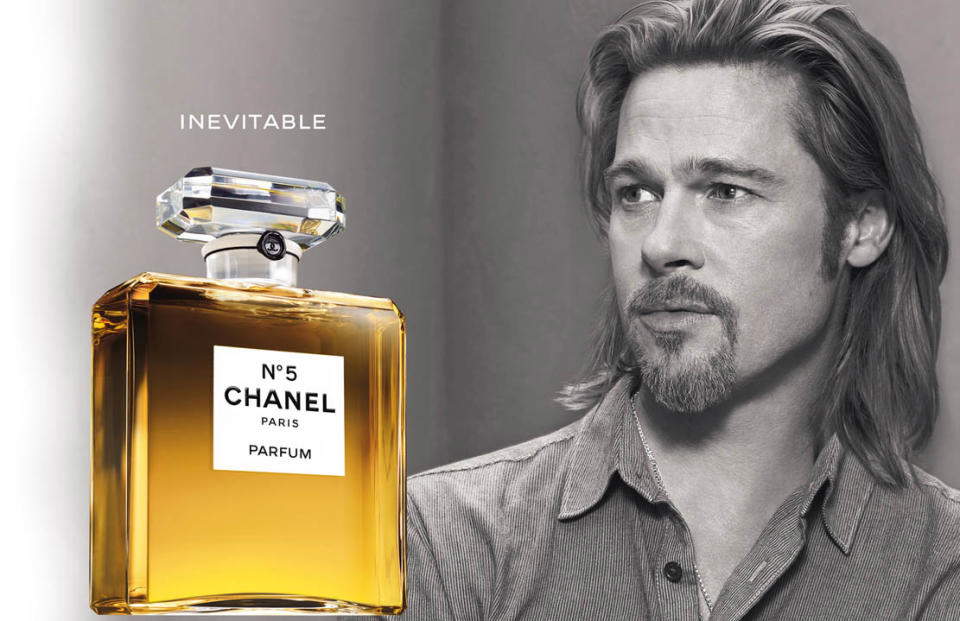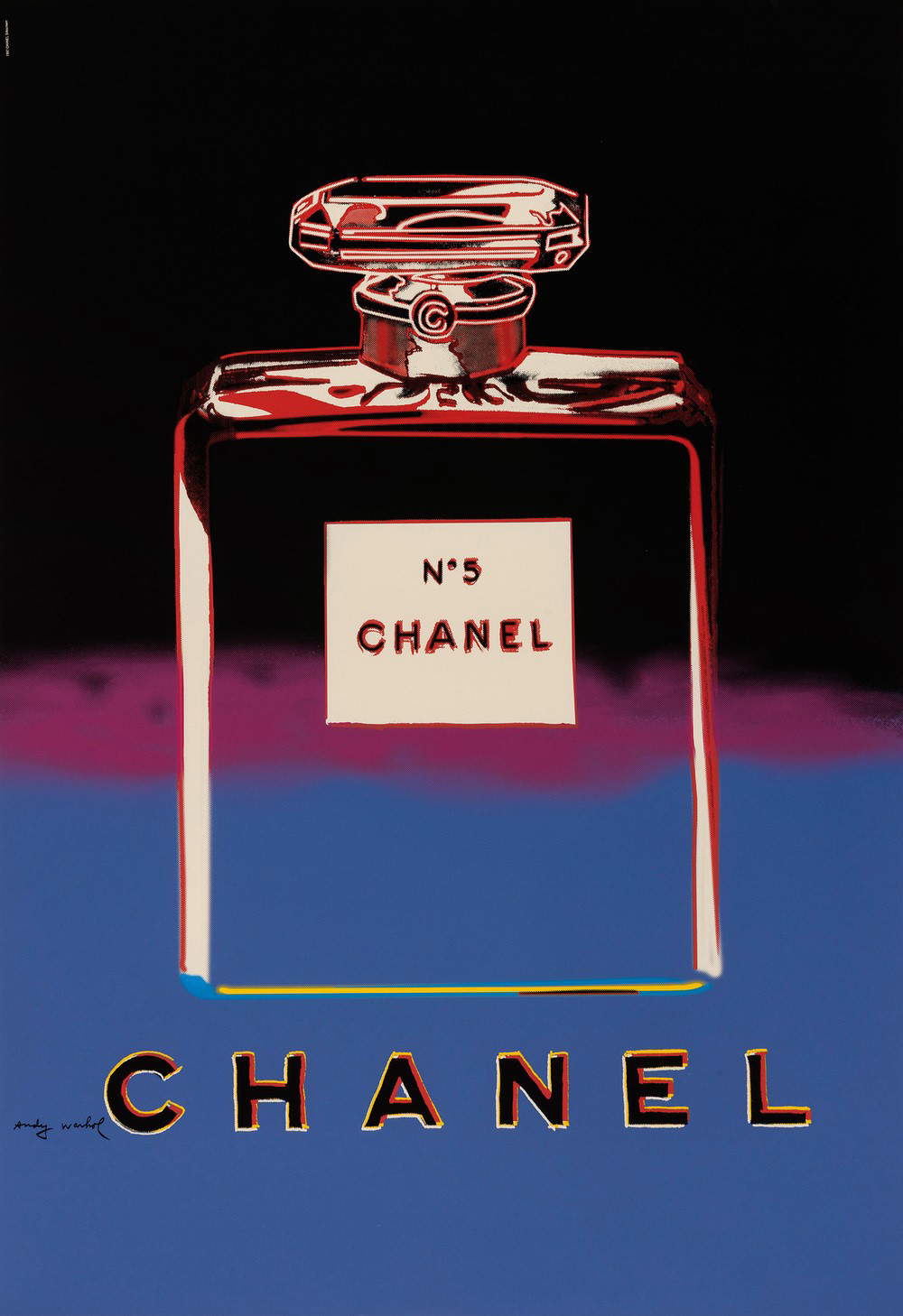Chanel No. 5: history and design of the most famous perfume ever
The year was 1921 when Gabrielle Bonheur Chanel, already known for some years as the great Coco, was preparing to present her new product to a select few in her apartment-studio at 31 Rue Cambon in Paris. A product that was completely different from the usual ones from the House of Chanel, and also from those already on the market, a product as innovative and unconventional as its creator, a product that would forever change the rules of the game and was destined to go down in history: the Chanel No. 5 perfume.
The birth of the famous fragrance owes its destiny to the fortuitous meeting between Coco, Dmitry Pavlovič Romanov, a cousin of Tsar Nicholas II and a friend and lover of mademoiselle Coco, and Ernest Beaux, a chemist and perfumer very close to the St. Petersburg court. The three embarked on a trip to the French Riviera, and it was here that Gabrielle Chanel commissioned her new project from Ernest, asking him for “un parfum de femme à odeur de femme,”“a fragrance for women that smelled like women.” The entrepreneur alluded to a desire to create something that would break out of the usual mold, a fragrance that would break away from the typical ones of the time, which were inspired by existing scents, usually based on the essence of a single flower. Chanel, on the other hand, aspired to a bold and unique fragrance that would evoke the very essence of femininity. To do this, perfumer Ernest Beaux proposed using aldehydes, a class of chemical compounds that enhance scents and add complexity to the blend.
The chemist also claimed to have been inspired by “the wonderfully fresh breeze exhaled by lakes and rivers under the midnight sun,” seeking to replicate the sensation experienced during wartime on an expedition among the North Pole regions.





Once he smelled the first sketches, Coco Chanel invited him to create something even bolder, and asked Ernest to add more components: more essence of jasmine, May roses, vetiver from Haiti, ylang-ylang, sandalwood, orange blossom, neroli essential oil, and Tonka bean from Brazil. They thus created a compound of more than eighty different essences that made Chanel No. 5 unique, a product that resembled no other on the market, mysterious, abstract and impossible to decipher.
What made this perfume an icon of the 20th century, however, is not only its avant-garde composition, but also its recognizable design. Rectangular shape, simple, clean lines, totally consistent with the minimalist style promoted by Chanel; thick, transparent glass, allowing the perfume’s golden color to be visible; square white label with black lettering; elegant, no-frills typography. It all went against the unwritten rules of fashion at the time, whose bottles were usually pompous, overdecorated and flashy. The stopper, designed in the shape of a diamond, was apparently inspired by the geometries of Place Vendôme, a famous Parisian square that is only a five-minute walk from the then headquarters of Maison Chanel.
The simple and impactful design gave this product not only olfactory immortality but also aesthetic immortality. The bottle, in fact, during its more than 100 years of life, has undergone very few changes, except for some minor downsizing of the cap, while still remaining fashionable and modern in every era. The name, “number 5,” is as simple as it is counterintuitive: a name that sounds more like a code, an identifying number but one that instantly made the most fashionable perfumes of the time look ridiculous and ampoule.
Gabrielle Chanel decided to give it this appellation because it was exactly the fifth fragrance Ernest Beaux had her smell. And so Coco chose to launch it on the market on May five, 1921: the fifth day of the fifth month of the year that would change the history of perfumery forever. The launch was not organized in grand style: it was preferred to have the fragrance tested by loyal high-society customers and people from the designer’s circle. The perfume was sold exclusively within the Chanel boutique, and its initial success was attributed to impactful word-of-mouth.
That was until 1924, when market demand was so high that the decision was made to switch to industrial production, and the entrepreneur signed an agreement with Pierre Wertheimer, owner of Les Parfumeries Bourjois, then France’s most renowned cosmetics company, to found a new company, Les Parfums Chanel. In the following decades, the relationship between the designer and the company was marked by strong conflicts: Gabrielle found herself getting a very low percentage of the profits generated by her product and limited decision-making freedom.
Moreover, during World War II, the partners of Les Parfums Chanel moved to the United States and continued production of the perfume in New Jersey, managing to preserve its quality. This, given the scarcity of resources during the war years, ensured that Chanel No. 5 remained a symbol of luxury in Europe and the United States and was one of the main reasons why the fragrance enjoyed such success for so long. During the same period, however, the perfume was also distributed in U.S. military stores, tax-free, thus encouraging its wider distribution among the middle class, despite the image of exclusivity and luxury that Coco Chanel had originally intended it to have.








Nevertheless, these were the years when the product really began to gain its power of immortality, not only because of the avant-garde and revolutionary fragrance, but also because of the influence of advertising. Early releases in the New York Times and some illustrations in newspapers and magazines began, but Les Parfums Chanel ’s marketing strategies remained weak and ill-defined for quite some time.
The decisive impact that made Chanel No. 5 become one of the most emblematic objects of popular culture in the 20th century was the encounter with one of the most beloved Hollywood celebrities in history, Marilyn Monroe, who during an interview in 1952 to the fateful question “What do you wear in bed?” answered, “What do I wear in bed? What a question... Chanel No. 5, of course.”
From this time on, the brand used several well-known faces such as Jean Shrimpton, Nicole Kidman and Audrey Tautou for its campaigns. Coco Chanel herself lent her image for an advertisement in Harper’s Bazaar taken at the Hotel Ritz in Paris.
From 1959 it was exhibited at Moma in New York, and later Andy Warhol enshrined it in some of his famous silkscreens. Finally, for the first time, a perfume was advertised during the Super Bowl, the final game of the American football championship, one of the most watched events in the United States.
Thus it was that Chanel No. 5, created back in 1921 is still to this day, more than a century after its creation, the best-selling perfume in history. With more than 100 million pieces sold, it is a tangible testimony to a story of courage and determination featuring a woman who, in a hostile, male-dominated world, was able to fight for her own ideas and vision. Each spray of Chanel No. 5 not only encapsulates a mysterious and timeless blend, but represents the importance of having the audacity to follow one’s intuition and, if necessary, to know how to go against the grain.
Warning: the translation into English of the original Italian article was created using automatic tools. We undertake to review all articles, but we do not guarantee the total absence of inaccuracies in the translation due to the program. You can find the original by clicking on the ITA button. If you find any mistake,please contact us.



























